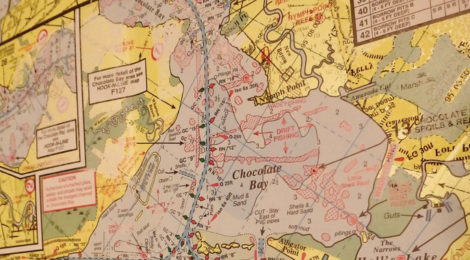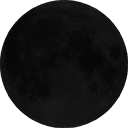
To Chocolate and Beyond
Areas in and around lower West Galveston Bay are perfect places to hide from the wind and freshwater runoff.
Story and Photography by Nate Skinner
Here we go, again. The past few months have seemed somewhat like “deja vu” for anglers fishing the Galveston Bay Complex.
In recent years, spring rains have inundated Texas’ largest estuary with significant freshwater inflows. The most intense effects of which have been experienced in the upper reaches of the system that lie to the north and east of the Texas City Dike.
This spring presented anglers with more of the same. Certain areas within Trinity and East Galveston Bays are holding water with low salinity levels. This means the fish in these bays are going to be stacked up with their bellies on the bottom where the saltiest water is located. When conditions go fresh these spots are well known for concentrating dense numbers of fish under less-than-salty conditions.
Hoards of anglers will flock to the same stretches of water to target speckled trout and redfish using techniques that have been successful over the past several years during the annual transition from spring to summer. That’s right — this pattern is no longer a secret and the crowds of boats fishing in specific proven locations are proof.
Anyone with a similar mindset would harbor little enthusiasm toward this recurring scenario that has persisted for several years in a row. Instead of battling crowded open waters when targeting spotted sea trout there is another option. Luckily lower West Galveston Bay provides a variety of diverse angling opportunities void of the effects of freshwater inflows.







